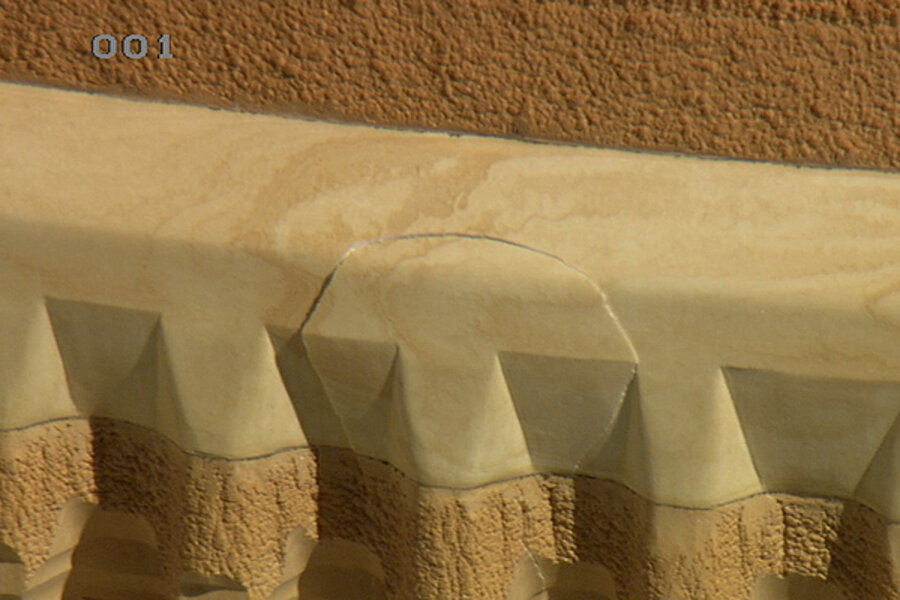Mysterious fuel-tank crack delays space shuttle launch until 2011
Loading...
NASA's space-shuttle fleet, scheduled for retirement early next year, refuses to exit gracefully.
Space-agency officials announced today that the launch of the shuttle Discovery, halted during countdown Nov. 5 because of problems associated with its huge external fuel tank, has been postponed until early next year.
Officials put off the launch to no earlier than Feb. 3 to give engineers time to unravel the mystery behind a crack that appeared in critical section of the tank's exterior. No one knows what generated the crack.
This problem has appeared before and has been traced to the processes used to build the tanks, officials say. But previously, the cracks were spotted and repaired before the shuttle was moved to the pad. And while technicians have now made the repairs to Discovery's tank, mission managers say they aren't comfortable launching without a full understanding of what happened. That information is vital to determining whether the risks of launching now fall within acceptable limits.
As the initial round of detailed troubleshooting progressed, "we were expecting to find an obvious problem – some kind of flaw in the material, a crack that had been missed" by inspections during and after the tank's assembly at NASA's facility in New Orleans, says John Shannon, NASA's shuttle-program manager.
But "as we've gone through the investigation, we're not finding that obvious flaw or that obvious problem," he said during a briefing Friday to announce the delay.
"That means we have to look in greater detail," he says, a process that will require significant tests at the tank construction facility as well as at the Kennedy Space Center.
That process would not have been completed by the provisional launch date of Dec. 17, which mission managers set last week.
Discovery's mission
Discovery and its six-member crew are tasked with delivering critical spare parts, a new storage module, and other supplies to the station in anticipation of the end of the shuttle program.
But during countdown last month, controllers halted the launch after they detected unusually high levels of hydrogen leaking from a fixture on the tank that bleeds excess gas from the area to be burned off in a flare stack away from the pad.
As technicians returned to the pad to fix that problem, they noticed a crack in foam insulation toward the top of the external fuel tank on the side of the tank nearest the shuttle's belly.
When technicians tried to repair the foam, they found a crack in a metal stringer, or structural rib, underneath the foam. It is one of 108 ribs that reinforces the external structure of the tank where there is a gap between the liquid oxygen tank and liquid hydrogen tanks inside.
As technicians inspected adjacent stringers they found additional cracks. Subsequent X-ray inspections have not found any additional cracks. But managers still want to understand the source of the damage before they send Discovery and its crew aloft.
Solving the problem
The agency is preparing two sets of tests to see if it can identify the problem.
One involves building new sections of this so-called intertank region, putting stresses on it that it might experience during construction, and trying to replicate the cracked stringer.
In addition, engineers plan to install sensors on the existing tank's stringers to measure the stresses that might be present as the tanks fill with their chilled fuel.
And if the tests still fail to reveal a cause?
"I have strong confidence that this is a solvable problem," Mr. Shannon says. "It is a little more subtle than we initially believed it would be. I think through the testing plan we have laid out we're going to determine root cause. Then we'll have a discussion on what kinds of screens we have to protect from that root-cause failure."
"We really want to make sure this flight is successful, we really need to get that cargo to the space station," adds William Gerstenmaier, NASA's associate administrator for space operations. "The best way to do that is to do the testing that needs to be done ... then get ready to go fly when it's time to go fly."


